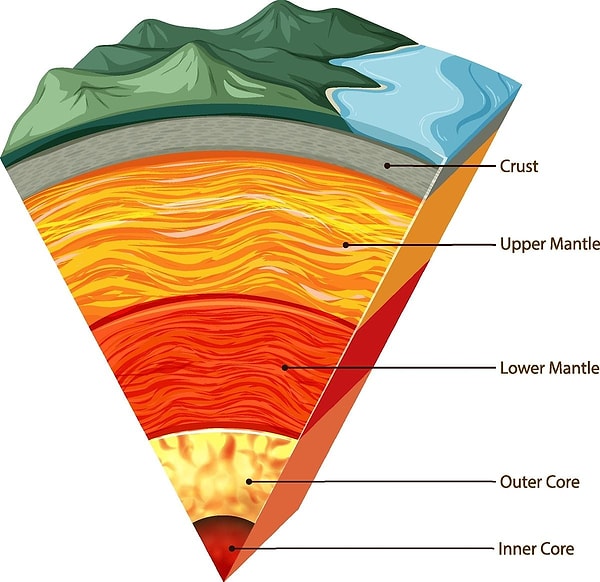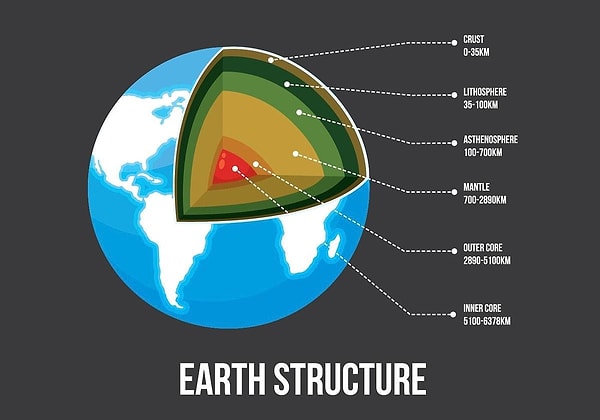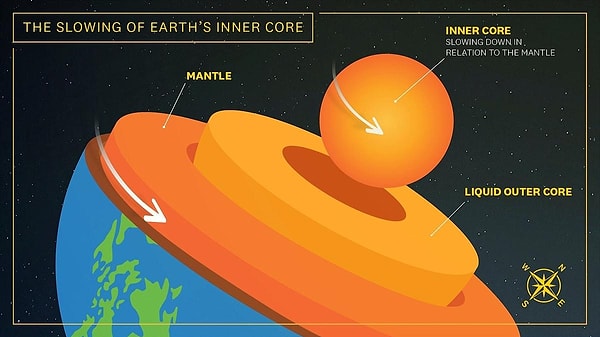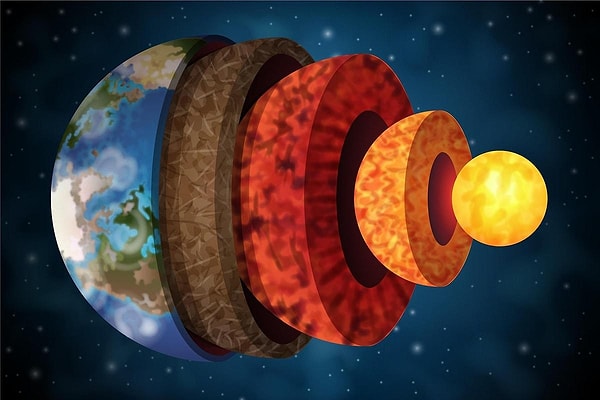Scientists Confirm Earth's Inner Core Slowing Down
Scientists have recently confirmed that Earth's inner core is slowing down compared to the planet's surface, providing compelling evidence of this intriguing phenomenon. This discovery suggests significant implications for our understanding of Earth's dynamics and its evolution over time. Delving into the details of this research sheds light on how changes in the inner core's rotational speed could influence Earth's magnetic field, geological processes, and even the planet's overall stability. Let's explore the implications of this finding and what it means for our understanding of Earth's inner workings.
Recent studies confirm that Earth has been gradually slowing down.

A study conducted by the University Park Campus and published in the journal Nature confirms that Earth's inner core has been slowing down relative to the planet's surface since 2010. This marks the first evidence of such deceleration over decades.
The inner core, a solid sphere of iron-nickel, is surrounded by a liquid outer core.

Located 4,828 km beneath the surface, direct observation is impossible, so researchers rely on seismic waves from earthquakes to study its movement.
The movement of the inner core has been debated for twenty years, with previous research suggesting that Earth rotates faster than its surface.

However, new data from John Vidale and his team, based on seismic records, provide strong evidence of a slowdown.
Vidale and Wei Wang analyzed data from 121 seismic events between 1991 and 2023, using waveforms from recurring earthquakes.

Their research revealed a slight but noticeable difference between the two time periods.
The slowing of the inner core could alter the length of a day by fractions of a second, potentially changing the length of days in the future.

The University Park Campus team aims to further investigate the reasons behind these changing dynamics of the core's rotation. The study was supported by the National Science Foundation and the Chinese Academy of Sciences.
Keşfet ile ziyaret ettiğin tüm kategorileri tek akışta gör!


Send Comment